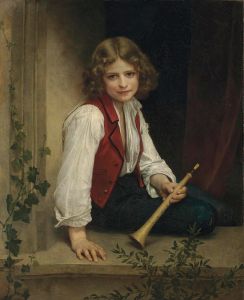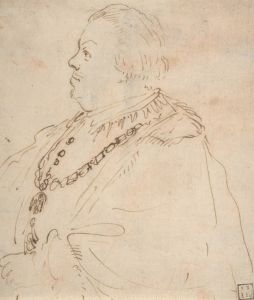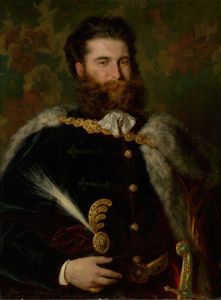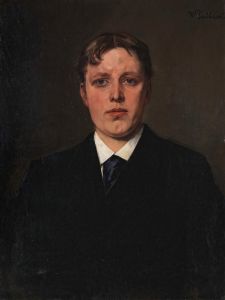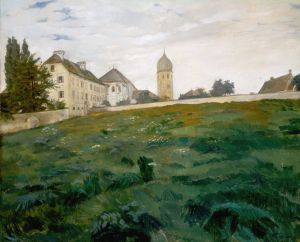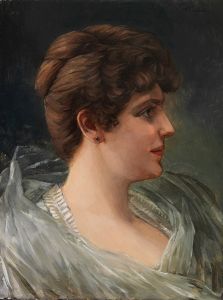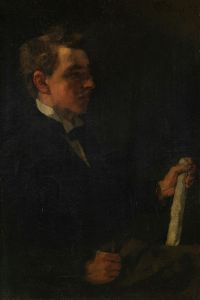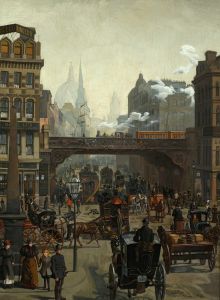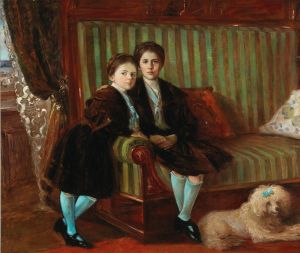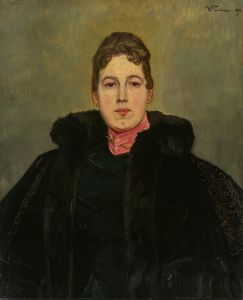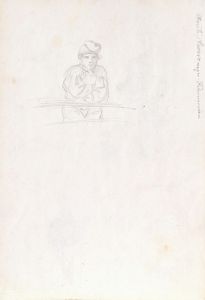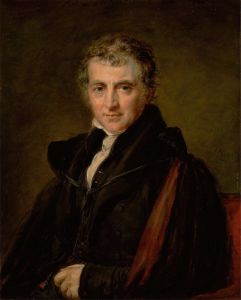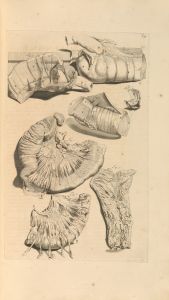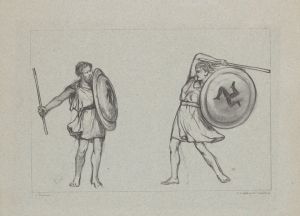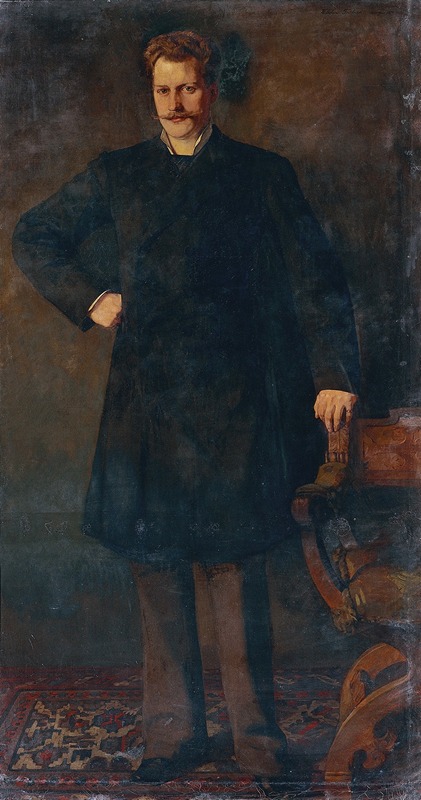
Der Kammersänger Theodor Reichmann
A hand-painted replica of Wilhelm Trübner’s masterpiece Der Kammersänger Theodor Reichmann, meticulously crafted by professional artists to capture the true essence of the original. Each piece is created with museum-quality canvas and rare mineral pigments, carefully painted by experienced artists with delicate brushstrokes and rich, layered colors to perfectly recreate the texture of the original artwork. Unlike machine-printed reproductions, this hand-painted version brings the painting to life, infused with the artist’s emotions and skill in every stroke. Whether for personal collection or home decoration, it instantly elevates the artistic atmosphere of any space.
Wilhelm Trübner's painting Der Kammersänger Theodor Reichmann is a portrait of the renowned German baritone Theodor Reichmann (1849–1903). Trübner, a prominent German realist painter associated with the Munich School, created this work to capture the essence of Reichmann, who was celebrated for his performances in operatic roles during the late 19th century. The painting exemplifies Trübner's skill in portraiture, particularly his ability to convey the personality and presence of his subjects through meticulous attention to detail and a naturalistic approach.
Theodor Reichmann was a distinguished operatic singer, known for his deep, expressive voice and his interpretations of roles in the works of Richard Wagner. He performed at major opera houses across Europe, including the Vienna Court Opera and the Bayreuth Festival, where he became particularly associated with Wagnerian repertoire. Reichmann's title of "Kammersänger" (Chamber Singer) was an honorific designation awarded to him in recognition of his significant contributions to the art of opera.
Trübner's painting likely reflects the cultural and artistic milieu of the time, where the intersection of visual art and music was celebrated. The portrait is notable for its realistic depiction of Reichmann, emphasizing his dignified demeanor and the gravitas associated with his profession. Trübner's use of light and shadow, as well as his attention to texture and form, highlights his subject's individuality while adhering to the stylistic principles of realism.
The exact date of the painting's creation is not widely documented, but it is consistent with Trübner's active period as an artist in the late 19th century. The work is considered an important example of Trübner's portraiture and serves as a historical record of Theodor Reichmann's prominence in the cultural landscape of his era.
Further details about the painting's current location or provenance are not readily available in public records. However, it remains a significant piece within the context of 19th-century German art and music, illustrating the collaboration and mutual inspiration between different artistic disciplines during this period.





